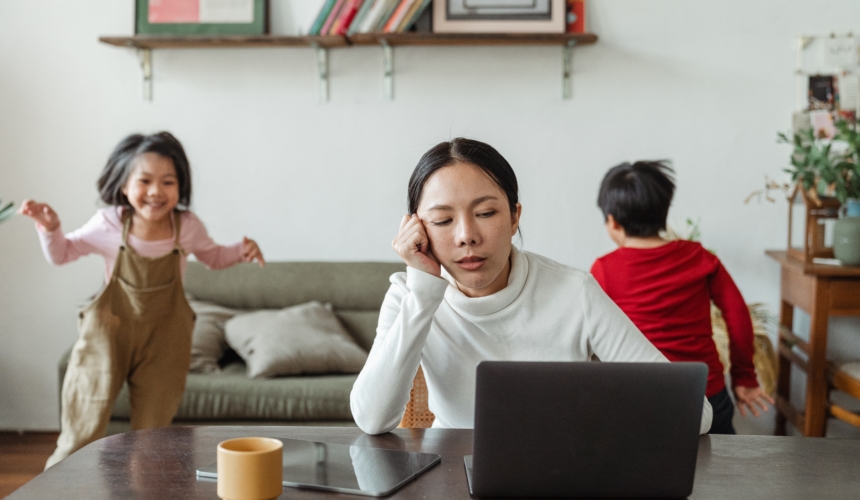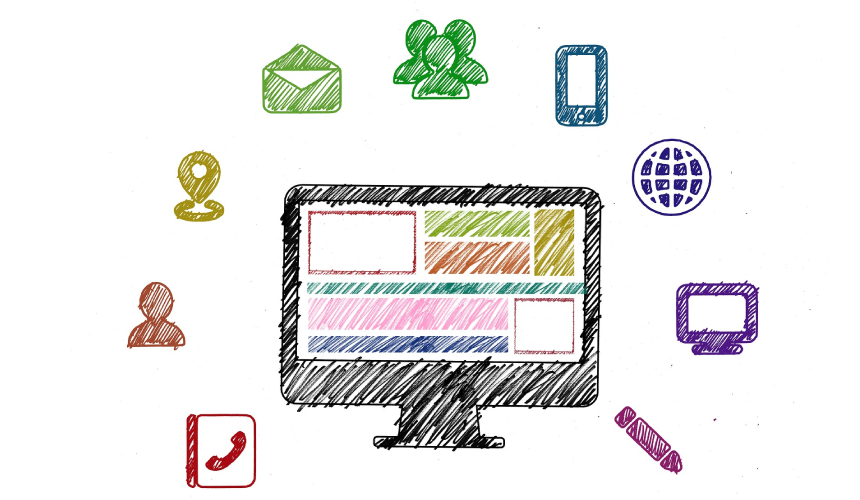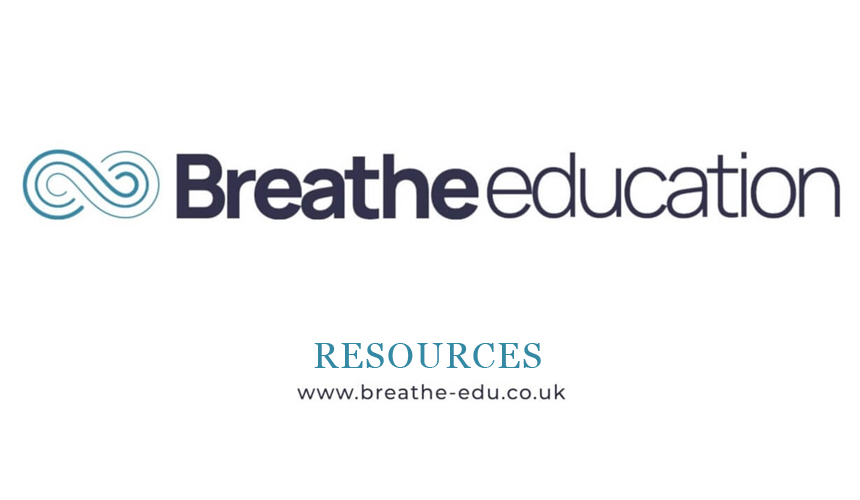

"Self-regulation helps teachers recognise and respond to their students’ needs, improve their relationships, and ultimately, help their students learn how to care for themselves."
Dr Stuart Shanker
Worry and anxiety are often conflated because they both happen to the brain and body when we experience stress. Worry is usually about thoughts and concerns we might have over specific things. Anxiety is more physical, something we feel in our bodies, and often becomes non-specific and embedded in the way we respond to stress.
Stress is something every human will experience at some point in their life for differing reasons and at differing intensity levels. Stress can lead to both worry and anxiety. Both are not in themselves dangerous, though because anxiety physically affects our bodies it can make us very uncomfortable and make us feel like something is seriously wrong with our body. Thankfully it doesn’t last long, is temporary, and will eventually decrease. We know that anxiety has become a problem when it begins to impact our thoughts and behaviours on a daily basis.
We have made a short video which you can use to explain anxiety to your students, but it also might be useful for you to watch yourself to learn a bit more about anxiety.
Anxiety is a survival technique developed millions of years ago and although it is one of the most common mental health disorders that impacts both young people and adults, it is not meant to be used often. Anxiety is also known as the ‘fight-flight-freeze’ response.

To explain the theory of anxiety we need to understand 3 major parts of the brain: the amygdala, the hippocampus and prefrontal cortex.
Amygdala
This is the first part of our brain to develop, even before we are born. It is connected to our survival and the bodily functions that will keep us alive including our heart rate, breathing and temperature control, and is what initiates our ‘fight-flight-freeze’ response. It is always ready, tense and needing to keep us safe. It does not understand words and only reacts to facial expressions and tone of voice.
We typically should not need to use our amygdala in our day to day life due to the lack of danger. However, if we have had anxious starts in life or bad experiences, we use them more than other people do.
Hippocampus
This is the next part of our brain to develop, and grows both before and after we are born. It plays a key part in emotional memories i.e. how things, people and experiences make us feel. Since it is based in senses and feelings, it is important but not very intelligent.
Being involved in our emotional memories it has a special relationship with the amygdala reminding it of memories associated with dangers, stress and anxiety.
Prefrontal Cortex
This part of our brain is connected with our logical, reasoning, language and social skills. It does not finish developing in men until their 30s and women in their late 20s. It is intelligent, calm, has social skills, can work things out and try and influence our stress response.
We can see from this that when we are young our prefrontal cortex is still developing meaning that our amygdala often triggered by our hippocampus can dominate our responses and over compensate. Over time and through normal healthy interactions most young people develop the capacity for effective emotional regulation and those who have difficulties with emotional regulation can improve with the guidance and support of teachers.
How anxiety relates to stress
Sometimes we need a dose of stress to motivate us to do things. If you did not fear negative consequences that led to feeling some anxiety, it would be unlikely that you could be dedicated to the rules of your workplace, be able to complete schoolwork, or become motivated to do something that does not sound pleasurable.
The truth is that anxiety is a powerful motivating force, and it drives us to do things in a way that few others feelings do. We all have a comfortable level of arousal which allows us to perform at our best. However, when our arousal peaks beyond this, we feel out of our comfort zone and become overwhelmed, reducing our performance. At this point the ‘fight, flight or freeze’ response has kicked in.
The green zone on the graph is where you would find your relaxed kids, those who are laid back and un-phased by things. They’re also the ones who may lack a sense of urgency or struggle to see the importance of things.
You then have the yellow zone which is where you would see your worried kids; this is thought to be the optimal zone. This is where young people experience enough worry to cause them discomfort, which in turn motivates them to problem solve and create helpful solutions.
The amber and red zone is where kids with real anxiety problems would sit; these kids have reached ‘burn out stage’ where their anxiety becomes so overwhelming that they are no longer able to cope. This is because, as we now know, they are functioning within their meerkat brain whose only response is fight flight or freeze; this creates unhelpful vicious cycles of anxiety with no room for helpful owl thinking which is why they lack these problem-solving behaviours.

As both are related to stress identifying if a young person is suffering with worry or anxiety can be difficult. We can start to differentiate between worry from anxiety by looking at how a young person experiences their stress response, particularly by looking at 4 areas; duration, content/thought, physical presentation and impact.
Duration
As we now know, worried children are still able to problem solve – meaning their presentations are usually only temporary. Whereas anxious children, who aren’t able to problem solve, strugle for much longer. In case of clinical diagnosis then Generalised Anxiety Disorder (the most common anxiety disorder) a child would need to be experiencing significant stress or impairment significant stress or impairment in functioning for the majority of days in a 6-month period.



The difference between these two scenarios is that one is a persistent issue; it is happening every single day and is likely that this could persist for a number of months, this is in comparison to the girl whose worry only occurs on rainy days; on the days where the weather is clear she is able to get on the bus with no issue. We can also clearly see how the problem-solving behaviours were present in the worry but absent in the case of anxiety.
Content / Thoughts
Children with anxiety very often struggle to pinpoint the root of their feelings. This could be because they experience their physical anxious responses so intensely that it is hard to do any kind of thinking and it could also be because their anxiety has developed to a significant level. Something that was once a small worry has spiraled and spilled into other areas that it is no longer specific. This can of course happen with anxious children due to their lack of problem-solving skills.


Physical presentations
Another key difference is how worry tends to stay in the mind, whereas anxiety begins to present itself in an physical way. Referring back to the graph, those in the yellow zone are able to remain cognitively focused and manage all of their worries at the thought stage whereas those in the amber/red zone are initiating their fight-flight-freeze response and experiencing intense physical reactions.
Impact
Arguably the biggest difference between worry and anxiety is the impact is has on a child’s functioning. True anxiety will affect a child in all 3 components: behaviourally, cognitively, and physically.

Behavioural
Some children struggle to communicate their thoughts and feelings so sometimes we have to observe their behaviour, which can give us an indication of what is occurring internally.
Some behavioural symptoms of anxiety that might appear in younger children are: becoming irritable, tearful or clingy, bed wetting, having difficulty sleeping, waking in the night, sleep walking, having bad dreams, complaining of tummy aches, complaining of feeling unwell, becoming tense, becoming fidgety or using the toilet more often.
In older children you may find that they lack confidence in new things, are unable to face simple or everyday challenges, find it hard to concentrate, have problems with eating, have angry outbursts, or have problems with sleep.

Cognitive
Negative automatic thoughts, is one way that anxiety can affect a child cognitively. This is when anxious thoughts are replayed involuntarily, often in the form of irrational fears about what might happen in a given circumstance (e.g., “If I go to school I will fail the test and everyone will laugh at me”). A child’s ability to question irrational thoughts is an important distinction, as this ability would reduce the physiological impact these thoughts have.

Physical
Physical symptoms of anxiety may be the first impact that the child notices effecting their wellbeing. Some common physical symptoms of anxiety are: changes in temperature, needing the toilet, muscles shaking, sweating, increased heartrate, headaches, dizziness, sick feeling in stomach, dry mouth, blurred vision, changes in their breathing, difficulty hearing, clenched jaw or feeling weak
In order to explore whether or not a child is having these physical reactions, it is best to ask them in that anxious moment what they are feeling in their body. If they begin to say things such as ‘I feel scared’ or’ I feel worried’, ‘I feel like crying’ etc. but cannot actually label any physical sensations then that would indicate they may not be experiencing any.
Teacher wellbeing
Teachers play an invaluable role in assisting with their pupils. Whilst we are preparing ourselves to help others we must also look after ourselves; we’ve got some advice and guidance on this in the teacher wellbeing section. As with all matters of mental health taking time to gain awareness of conditions helps to build confidence in what to do and how to support early intervention and prevention.
As we have seen anxiety and worry are related to our stress response, are common in young people and can have varying degrees impacts on their thoughts, feelings and bodies which feeds into their general wellbeing. There are lots that we can do to both prevent and support young people from developing more embedded harmful elements of anxiety.
By explaining what anxiety is, how it works and why it is not dangerous in itself is a really good way of helping a young person build up their and ability to themselves. Many young people simply do not understand what is happening to their bodies and therefore have little protection against their own stress response. As a young person understands what is actually happening in their bodies it start to help them to better manage the stress response they are experiencing. This then allows more resources to be directed towards further healthy coping strategies.
We’ve put together a short video you can use with young person that will explain in an easy and fun way what anxiety is and why it feels the way it does. It uses some of the information from here but explains the parts of the brains in terms of Meerkats, Elephants and Owls. You can use this video to facilitate conversations and get young people asking questions about anxiety.
Talking about anxiety (and mental health for that matter) can be anxiety provoking in itself so we’ve also put together another video for yourself which is will explain how to use the young person’s anxiety video and some ideas of what to do next.
We’ve also created a series of exercising you can carry out with your class to further explore and engage young people with how to better manage their own anxiety which can be found in our resources section.
Worry and anxiety often get confused because they are both what happens to the brains and bodies when we experience stress. Worry tends to be about thoughts and concerns we might have over specific things. Anxiety is more physical, something we feel in our bodies, and is often becomes non-specific and embedded in the way we respond to stress.
As both are related to stress, identifying if a child is suffering with worry or anxiety can be difficult. We can start to differentiate between worry from anxiety by looking at how a child experiences their stress response, particularly by looking at the duration, content, physical presentation and impact on the child.
There are lots of ways teachers can help children who are experiencing worries and anxiety. Research suggests that increasing a child’s sense of control over the anxiety and increasing their confidence in their ability to deal with their worries is effective. Depending on the needs and age of the child, the student may need some scaffolding and modelling from adults until they feel able to manage their worries independently.
Everyone gets anxiety. It is a natural response people have to fear, threatening situations and worrying that something bad might happen.
We have developed two videos to help teachers facilitate conversations around worry and anxiety. You can use the first video with your class or groups of pupils. The second video will talk you through how to use the first and give you some ideas on how to facilitate discussions around emotions. We also have some emotion based exercises in our resource section.
( resources found)




































How useful was this info?
Click on a star to rate it!
![]()
© Copyright Breathe 2020- 2024
Terms and Conditions | Privacy Policy
supporters & partners 



![]()
